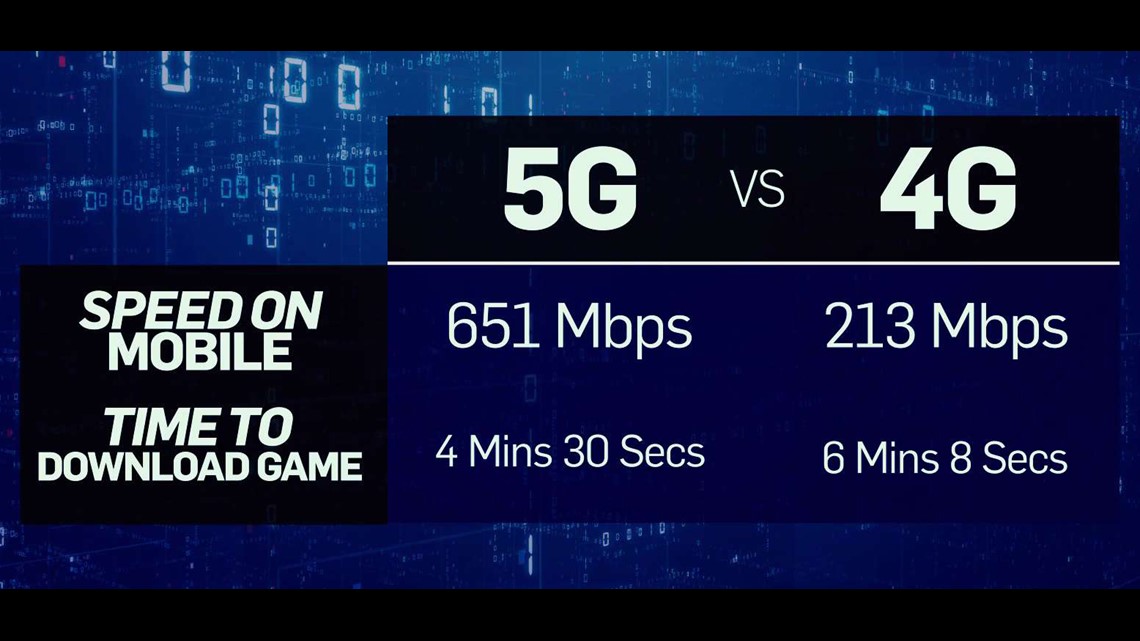INDIANAPOLIS (WTHR) — Sometimes it may seem like technology is innovating at a faster pace than what we can keep up with: ultra fast internet and cell service, wireless charging capabilities and even cellphone that folds are all here.
While new technology can be great, it's no secret it may not always be what it seems. Before you commit to trying something new, it's always a good idea to do some research to get a good idea of what to expect.
Samsung Galaxy Fold


Samsung's new foldable phone has unsurprisingly created a lot of buzz on social media and within tech community. The Samsung Galaxy Fold does exactly that — folds. On one hand, it's cool to have this cool new feature that's the first of it's kind, but on the other, its use may not be as practical as it seems.
"After so many folds, the screen ends up with a crease in it," said PC Computer Guy owner Nick Ellis. "It's such an issue that Samsung has been considering free screen replacements for these things because they just kind of expect it to fail at some point."
When folded, the phone has a 4.6-inch screen. Unfolded, it measures 7.3 inches. It will be available for purchase April 26 in silver, black, green and blue for a hefty $1,980 for 512GB of storage.
For that price, one has to ask: Is it really worth it?
"You can get pretty large screens on most devices," Ellis said. "You can get phones that have 6.5-inch screens that don't fold, so the screen is not as fragile."
The other thing that comes with a screen that large is the decreasing portability. We expect cellphones to be small, light and easily portable. But that's not the case with the Galaxy Fold.
"These foldable phones, they're bricks!" said Ellis. "They're over half a pound ... Plus, it's essentially twice as thick as a regular phone, so it doesn't really lend itself to being portable like the devices that we use today."
Another downside to having this phone-and-tablet-in-one: only one battery. For about the same cost, you could get a smartphone and a tablet separately and have two separate batteries to run through before needing a charge.
So while some consumers may be the innovators and early adopters who will rush to get this new phone, others may find it better to wait a while to hop on the train while the company works the kinks out.
Wireless charging
If the idea of wireless charging interests you, you should plan for extra time to juice up your devices.


"The wireless charging is about 60 percent as efficient," Ellis said. "If you're going to wirelessly charge, you're going to need to have it sitting there for quite a while before you get any kind of decent juice out of it."
Like most technology, Ellis says when it comes to chargers, you get what you pay for. Getting a knock-off charger or battery for your phone, tablet or laptop increases the chances you'll fry the device, and it's ultimately not worth the money you initially saved.
"That's one area where I tell my customers to spend the money: Get the OEM device — the original equipment manufacturers device — so you know it's going to be proper engineered and designed.
Ellis said he's seen instances where customers buy cheap chargers for their expensive devices, plug them in, and it's immediately fried.
5G internet vs. 5G cell service
You may have heard of both recently, but they're not really related.
The "5G" in relation to home internet service is representative of the frequency: 5 gigahertz. For cellular data, "5G" means 5th generation.
For home internet service, companies are installing small cell signals to make 5G internet available. The problem is these signals can be blocked with something as minor as a stop sign.
"If you're between a stop sign and the small cell tower that they'll be installing in your neighborhood for this, it can block the signal," Ellis said. "It's very difficult to pick up 5G."
In order to make service available, companies are having to put hundreds of thousands of towers up to make that 5G signal as accessible as possible, but there are still some issues.


As for 5th generation cellular data, each device will have to be 5G-enabled, which means you'll have to get all new devices.
"Whatever devices you want to use to connect to it, you'll need to replace all of those devices."
It's not a necessity to get new devices just yet, and that's because 5G service isn't even available everywhere yet.
Verizon launched 5G home service in Indianapolis last December. AT&T activated its 5G wireless network in Indy in December of 2018.
Verizon has already made 5G available for mobile devices in Chicago and Minneapolis, and 30 other cities are expected to have it this year. It's not yet clear which ones will be included and when exactly they'll get it.
If you do make the investment for new devices, you will see some payoff. Download times for games, videos and movies are about three times as fast on 5G than 4G networks.
Verizon plans to charge about $10 extra each month for 5G service on mobile plans.

